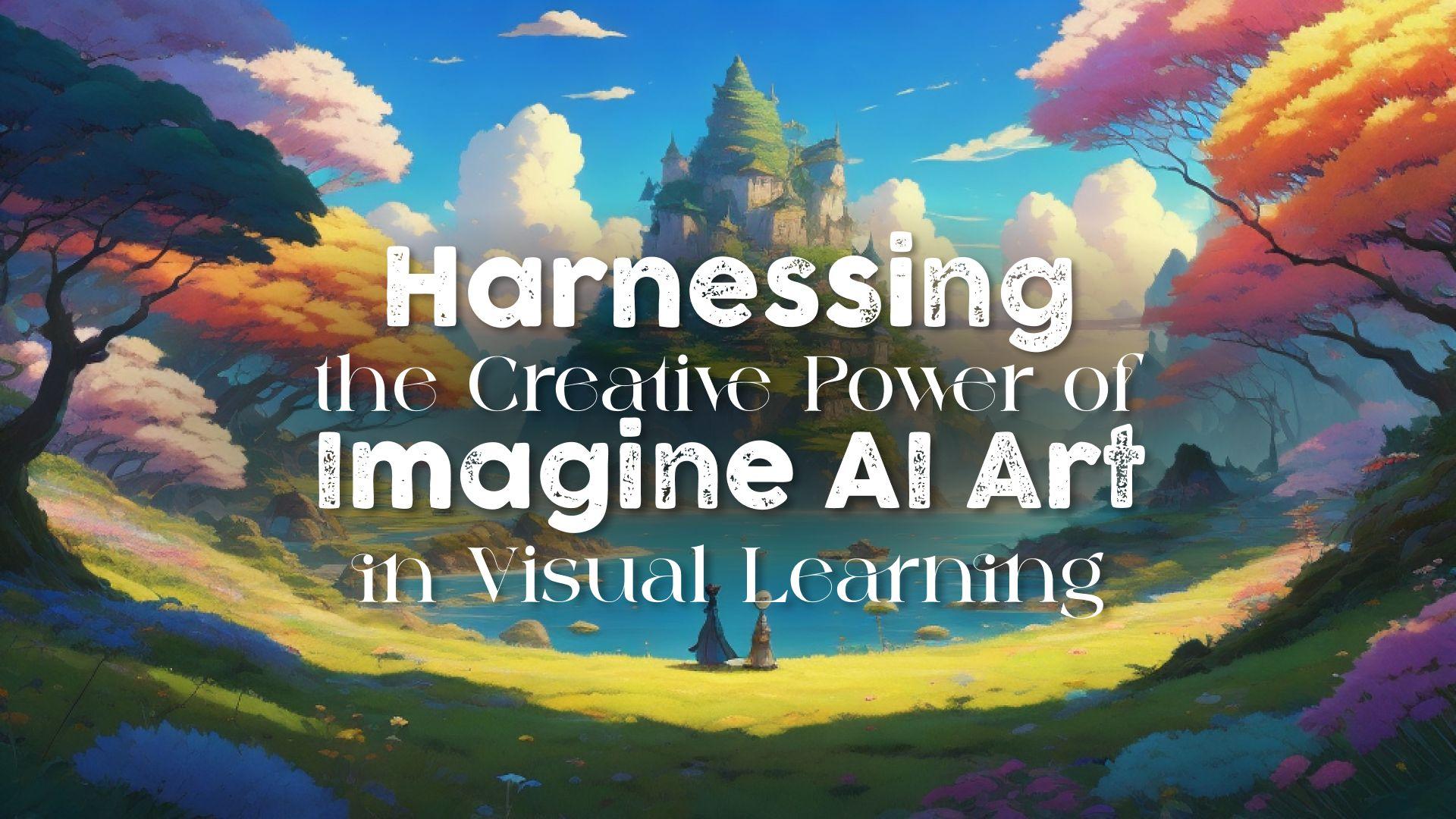How Educators Can Balance Fun and Learning: the Ultimate Guide to Engaging Classrooms
Creating an engaging classroom habitat is one of the biggest goals—and challenges—for today’s educators.Striking the perfect balance between fun and learning can transform the educational experience, increase student motivation, and foster a lifelong love of discovery.In this definitive guide, we’ll explore actionable strategies, proven benefits, and inspiring stories about integrating enjoyable activities with robust learning objectives. Whether you teach in elementary school, high school, or adult education, these tips will help you make your classroom a place where students thrive academically and enthusiastically.
Why Balancing fun and Learning Matters
Engaged students learn better. Research consistently shows that when students enjoy the learning process, retention rates improve, and academic performance rises. By balancing fun and learning, educators can nurture curiosity and creativity while meeting critical curriculum standards. Below are some reasons why a playful-yet-educational approach is essential:
- Boosts Motivation: Activities that are enjoyable motivate students to participate and persevere.
- Enhances Retention: Fun experiences are memorable, making it easier for students to recall details.
- Fosters Creativity: Playful learning encourages creative thinking and problem-solving skills.
- Reduces Stress: Lighthearted activities can decrease anxiety and create a supportive classroom culture.
- Promotes Collaboration: Group games and projects foster teamwork and dialogue.
Practical Strategies to Balance Fun and Learning
1. Gamify Your Lessons
Gamification is a powerful way to make routine lessons exciting and interactive. Consider incorporating the following elements:
- Point Systems: Reward participation and achievements with points for answering questions or completing assignments.
- classroom Challenges: Create team-based competitions for quiz reviews or problem-solving tasks.
- Interactive Quizzes: Use digital platforms like Kahoot! or Quizizz for instant feedback and amiable competition.
2. Integrate Hands-on Activities
Experiential learning deepens understanding and keeps students engaged. Try these ideas:
- STEM Experiments: Set up simple science experiments or engineering challenges that apply lesson concepts.
- Art and Creativity: Let students express ideas through drawing,building models,or performing skits related to the curriculum.
- Real-World Projects: incorporate project-based learning that connects lessons to community issues or students’ real-life interests.
3. Foster Choice and Autonomy
When students have a say in their learning, engagement soars. Empower your classroom with:
- Learning Menus: Offer students a menu of activity options tailored to their strengths and interests.
- Self-Directed Projects: Encourage students to pursue independent research or passion projects.
- Flexible Seating: Allow learners to work where they feel most comfortable, from traditional desks to cozy reading corners.
4. Use Technology Creatively
Leverage educational technologies to make lessons dynamic:
- Virtual Field Trips: Explore museums, countries, or natural wonders online.
- Digital Storytelling: Use multimedia apps to let students create videos, podcasts, or interactive stories.
- Collaborative Platforms: Tools like Google Classroom or Padlet foster group discussions and project collaboration.
Case Studies: Real-Life Examples of Engaging classrooms
Elementary Science: ”The grate Plant Race”
When teaching a unit on plant life cycles, Mrs. Garcia transformed her classroom into a competitive garden. Students formed teams, planted seeds, and tracked growth through daily observations and journals. the fun,competitive nature kept kids invested—and science scores improved by 22% compared to traditional approaches.
Middle School Literature: “Literary Escape Room”
Mr. Thompson replaced his usual vocabulary quiz with an escape room challenge themed around the novel being studied. Puzzles required students to use contextual clues,analyze characters,and collaborate. Engagement skyrocketed,and students demonstrated higher comprehension during follow-up assessments.
High School math: “Math Board Games”
To review algebraic concepts, Ms. Patel designed a board game where students advanced by solving equations.Teams strategized and explained their answers, turning a normally stressful review week into an energetic and memorable experience.
First-Hand Experiences and Educator Insights
Many teachers report that balancing fun and learning is not only possible but essential for 21st-century classrooms. Seasoned educator Jessica Miller shares:
“I used to worry that laughter meant my students weren’t taking learning seriously. Now, I see that when they’re enjoying themselves, they dive deeper into topics and take ownership of their progress. Our test results have improved, but more importantly, my students are happier and more curious.”
Regularly surveying students and adjusting activities based on their feedback is another effective tactic.By prioritizing both joy and academic rigor, teachers create classrooms that students look forward to entering each day.
Benefits of Engaged, Balanced Classrooms
the synergy between fun and learning delivers significant, research-backed benefits:
- Increased Attendance and Participation: Students want to be part of enjoyable, dynamic lessons.
- Strengthened Social Skills: Group activities and games improve communication and empathy.
- Academic Gains: Engaged learners outperform their peers in standardized and formative assessments.
- Positive Classroom Culture: Fun activities set a tone of collaboration, mutual respect, and enthusiasm.
SEO Tips for Educators and Education Bloggers
If you’re sharing strategies or insights online,here are proven ways to boost SEO for education content:
- Use Relevant Keywords: Naturally incorporate keywords like “engaging classroom strategies,” “fun classroom activities,” “student motivation,” and “active learning.”
- Utilize Structured Headings: Break your content with proper H1, H2, and H3 tags for readability and search engine optimization.
- Add Internal and External Links: Reference other high-quality education resources or your own related blog posts.
- Optimize Meta Title and Description: Include target keywords and a compelling summary to improve click-through rates.
- Include Lists and bullet Points: These elements improve user experience and promote better online visibility.
Conclusion: Transform Your Classroom,Inspire Your Students
Finding the ideal balance between fun and learning isn’t just possible—it’s transformative. By mixing enjoyable activities with rigorous academics, educators create classroom experiences that captivate students and foster true understanding. The strategies outlined in this guide have helped thousands of teachers witness improvements not only in grades but in overall attitude and excitement for learning.
ready to make learning irresistible? Implement these strategies,personalize them for your unique classroom,and watch your students engage,achieve,and smile every day. for more tips on creating engaging, effective classrooms, explore our other articles and share your own success stories below!

